Market Analysis
In-depth Analysis of Aquaponics Market Industry Landscape
The global aquaponics market is set to reach 2,464.29 MN by 2030, at a 13.4% CAGR between years 2022-2030. The market dynamics reflect an innovative and environmentally sound method of farming that combines aquaculture with hydroponics to form a mutually benefiting ecosystem. This emerging market is fuelled by a collection of factors, such as changes in food production systems that have become more efficient and environmentally friendly. Firstly, there has been a global campaign for sustainable agricultural practices leading to the emergence of interest in aquaponics. As people become more concerned with the problems associated with conventional farming, such as soil depletion and high-water usage. Aquaponics provides a great solution to this scenario. There is a symbiotic relationship between the fish and plants in this system that best utilizes waste, conserves water while eliminating synthetic fertilizers to be used by environmental conscious consumers or farmers. Another important factor influencing the aquaponics market is an increase in demand for locally produced and fresh produce. As consumers become more conscious of the ecological footprint created during long-distance transporting food, there is an increasing demand for fruits, vegetables and fish that are grown locally. Aquaponics, usually conducted at an urban or a peri-urban level can be practiced throughout the year in controlled conditions thus fulfilling this need for availability of fresh and local food all-round the years despite varying seasons. Economic factors also play a role in the dynamics of aquaponics market. While the initial overhead costs of setting up an aquaponics system may be more than in traditional farming methods, long-term benefits associated with higher yields and less resource inputs make it still financially viable. Furthermore, the technology of cultivating fish and plants at once gives farmers multiple sources of income so that they can rely on more than one direction to stay economically viable in aquaponic systems. Technologies have a significant impact on how the market for aquaponics is developing. Improvements in monitoring and control systems, aquaculture technology, as well as hydroponic techniques are qualities that make operations of an economic plant prospering. Through automation and precision agriculture aquaponics not only enhances productivity but also makes it available to a larger number of farmers, from novice traditional ones even. In addition, both educational and research initiatives contribute to the expansion of aquaponics market. As the word about this combined agriculture approach spreads across, there is a big spurt of interest among farmers especially like entrepreneurs and researchers as well to find out how aquaponic systems actually work. Academic institutions, government agencies and private organizations are investing in research and educational programs to spread knowledge of aquaponics dissemination on a broad scale.

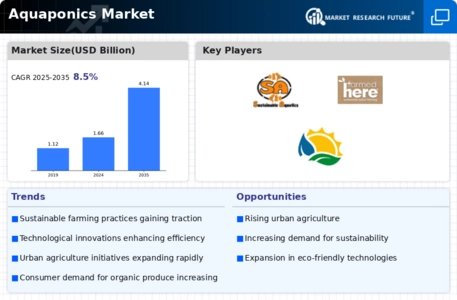
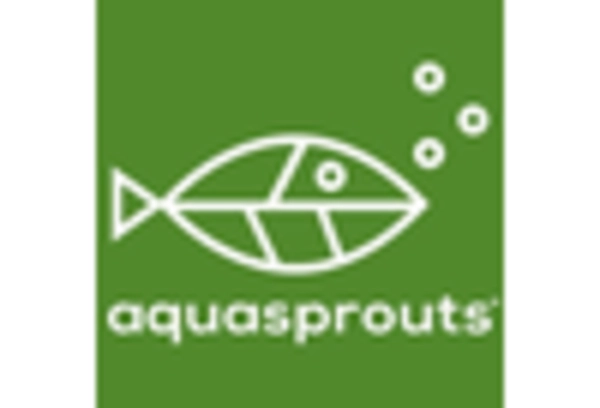
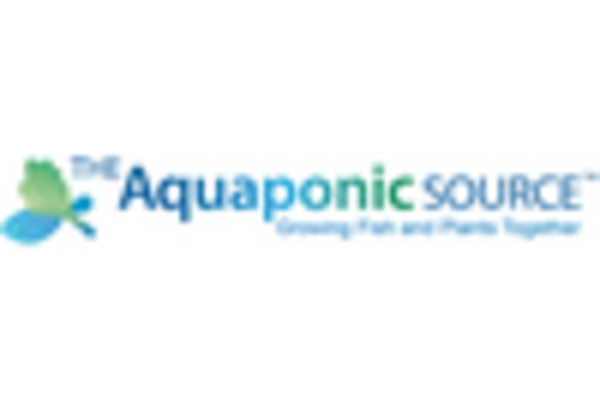


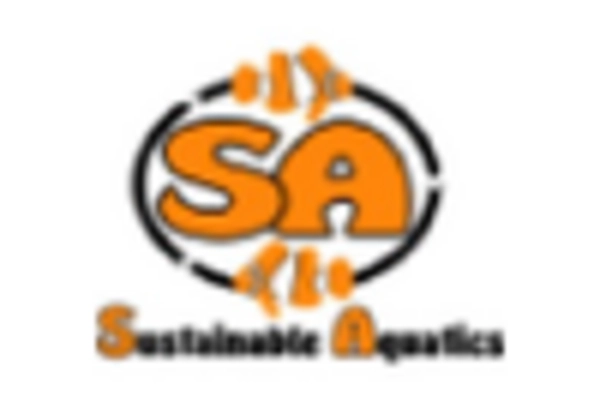
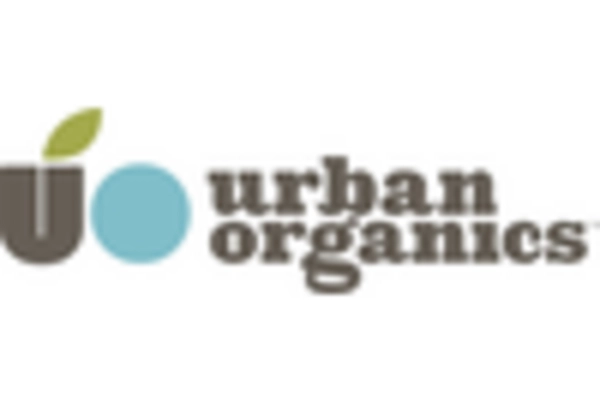









Leave a Comment